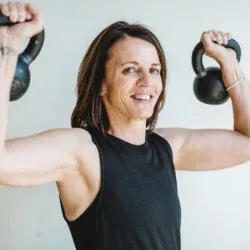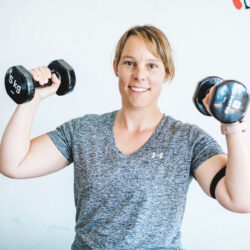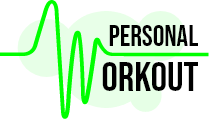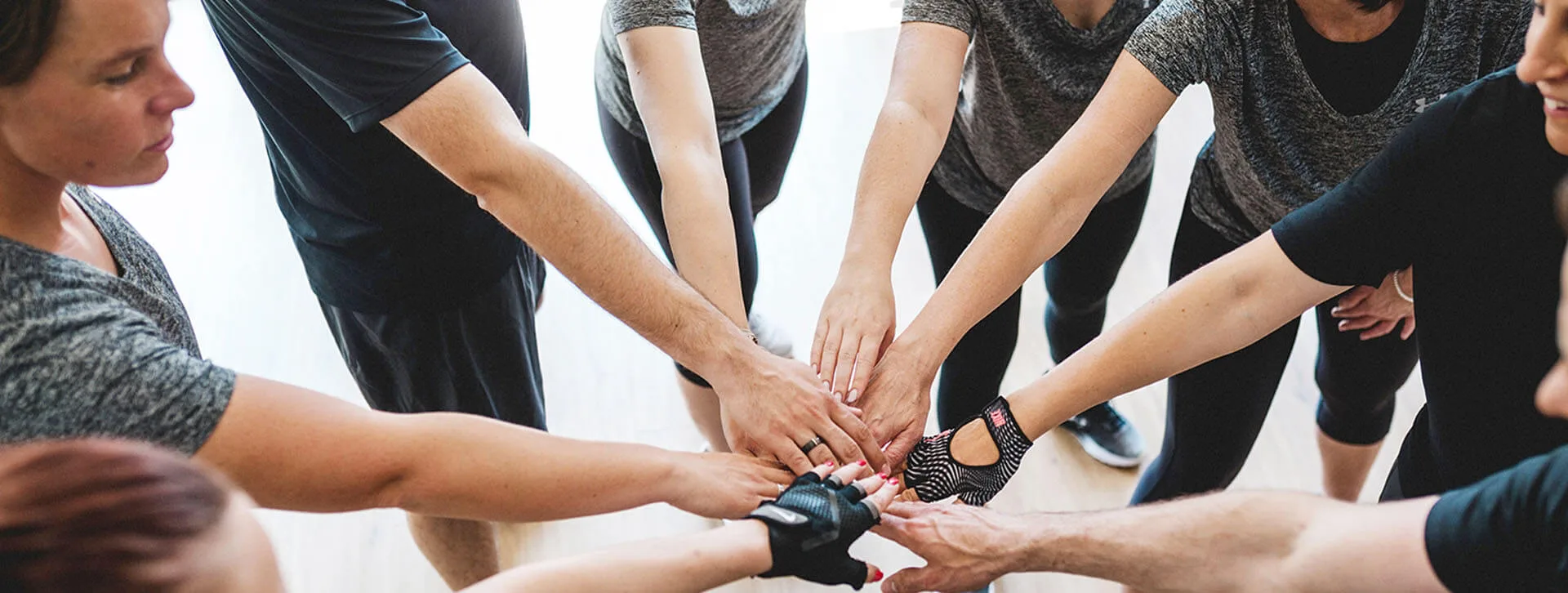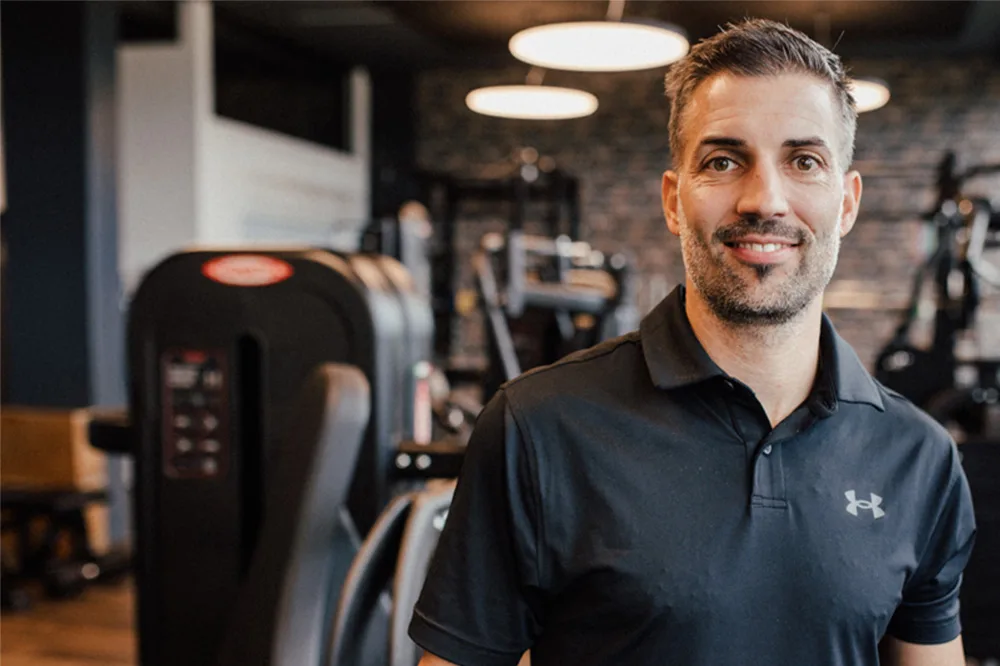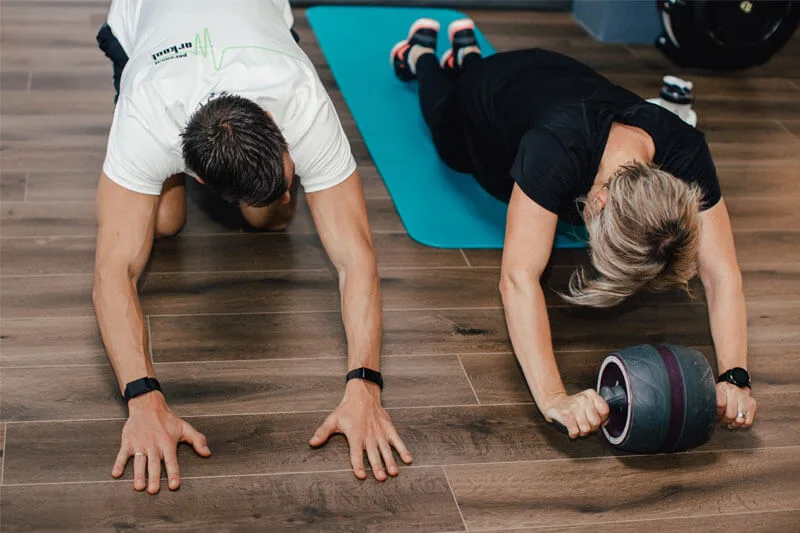Helping you back on your feet
Health in focus
At Personalworkout we offer physical therapy, medical training therapy (MTT) and a wide range of special treatment techniques such as cranio-sacral therapy and massages.
Our therapists
Nadja RUdolph
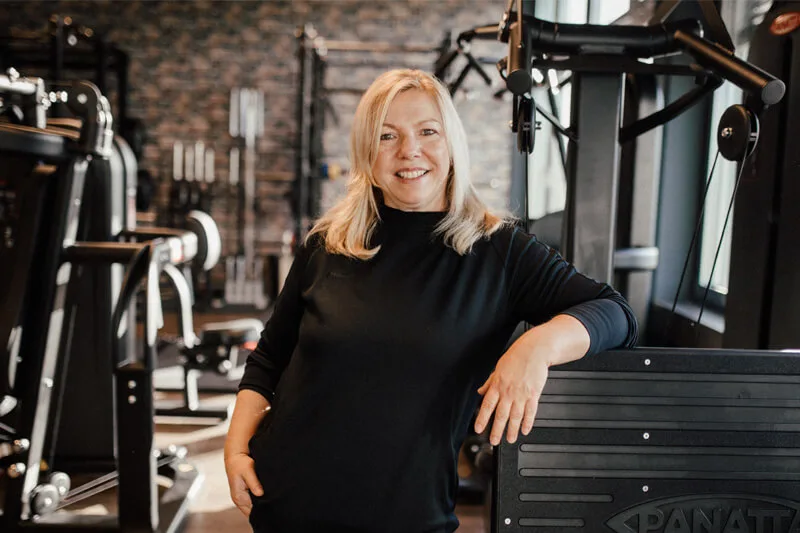
All offers on a self-pay basis
- Physical therapy
- Manual therapy
- Cranio-sacral therapy
- Postnatal recovery
- Life Coaching / Systemic Personal Coaching
For questions and appointments:
nadja@personalworkout.ch
Gabriela Thaddey
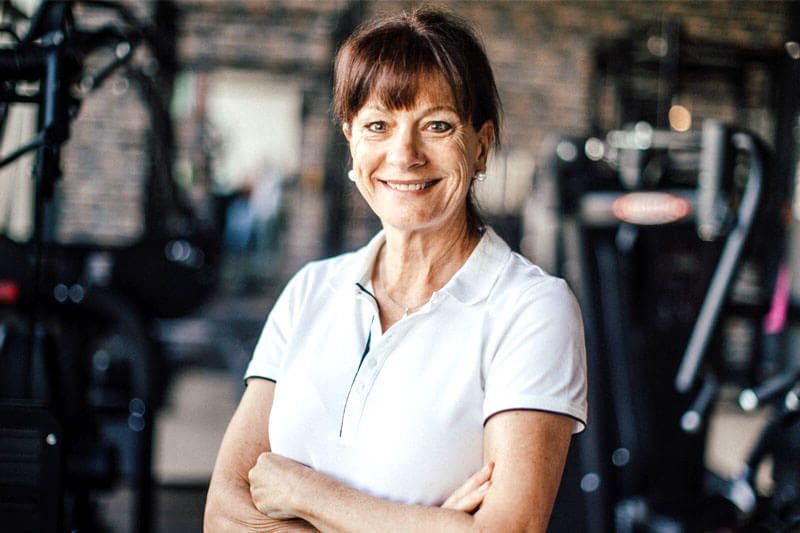
All services are covered by basic insurance, provided a doctor’s prescription is available. All services are also available on a self-pay basis.
- Physical therapy
- Fascial distortion model according to Stephen Typaldos
- Manual trigger point therapy IMTT
- Dry needling of trigger points IMTT
- Taping
- Manual therapy
For questions and appointments: physio@personalworkout.ch
Physical therapy
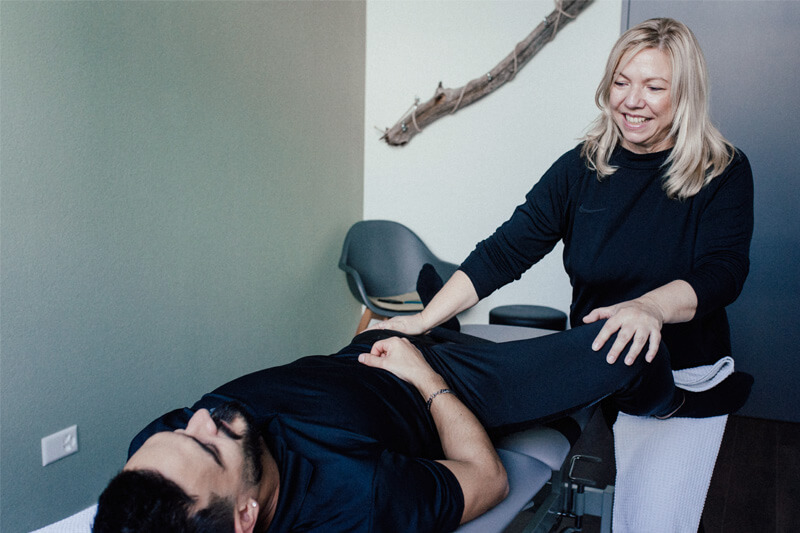
With its various therapy methods, physical therapy helps to improve well-being by analysing and treating specific ailments of the musculoskeletal system.
Additional qualifications expand the range of physical therapy services. At Personalworkout, we offer the following specialisations, among others:
Manual therapy
Manual therapy is a joint-friendly, pain-free technique for recognising and treating functional disorders of the joints and surrounding muscles.
The physical therapist’s hands are used not only for examination but also for treatment. Various grip and massage techniques are used to treat and passively mobilise the body’s own structures, such as joints or muscles.
Manual therapy is therefore a component of many physical therapy treatments.
It is used both to relieve pain and to increase the range of motion of the restricted joint, e.g. after immobilisation, a fracture, a torn ligament or an operation. All joints and the spine can be treated.

Trigger point therapy (IMTT)
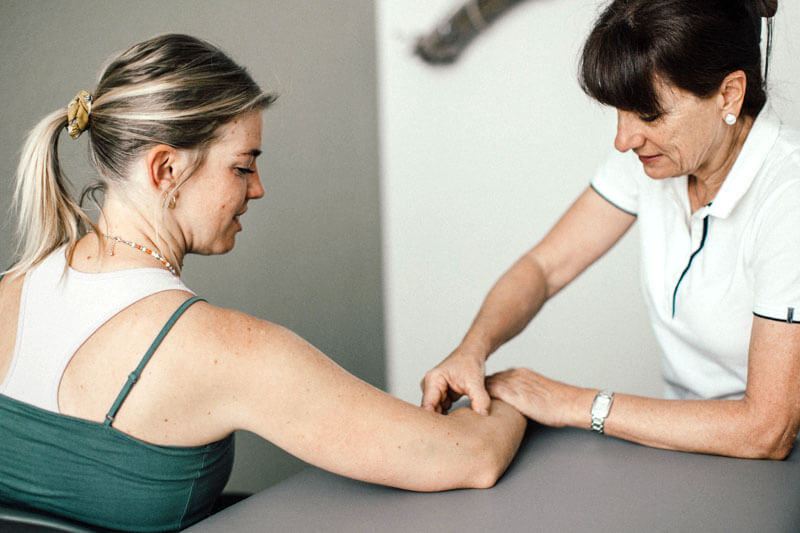
Many musculoskeletal pains originate in the muscles. Overexertion or traumatic overstretching often creates zones in a muscle that suffer from a lack of oxygen. As a result, the muscle in this area can no longer relax properly. These painful muscle areas can be felt and are known as trigger points.
The pain often spreads to other parts of the body (referred pain). Not only pain but also discomfort, muscle weakness, restricted movement, coordination disorders, muscle cramps, etc. can be caused by trigger points. Targeted manual trigger point therapy can usually eliminate the symptoms, even if they have been present for a long time.
Dry Needling
Dry needling is an alternative treatment method. Thin, thread-like and name-giving «dry» needles are inserted directly into hardened muscles, so-called trigger points. This relieves existing tension and leads to better blood circulation in the tissue.
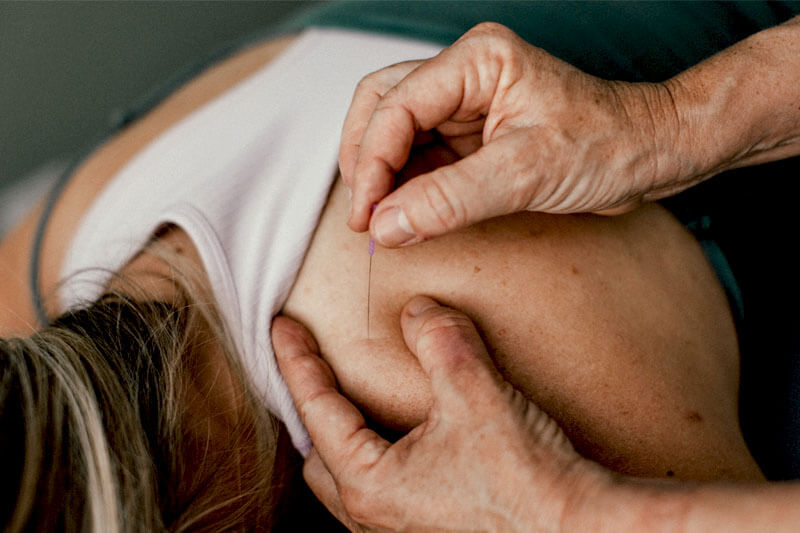
Fascial Distortion Model (FDM Concept) according to Stephen Typaldos
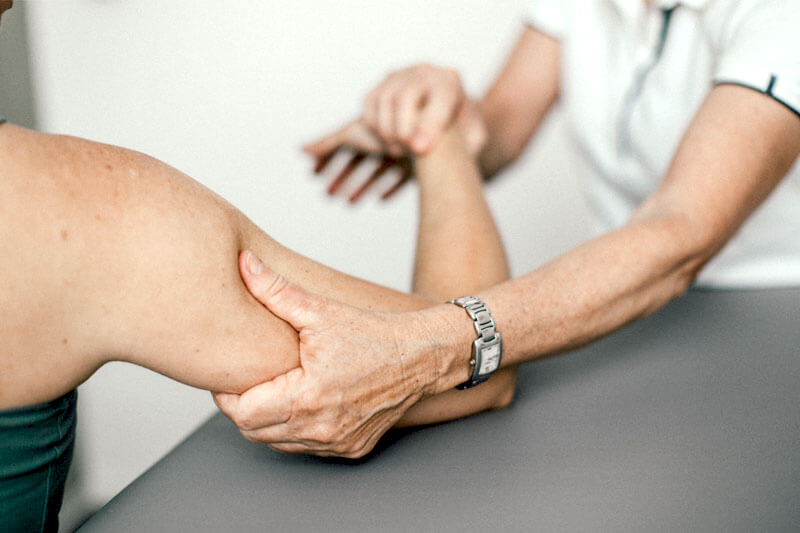
The FDM concept is based on the method of the American osteopath Stephen Typaldos.
By decoding pain gestures, Typaldos developed a unique medical concept that serves as a guide for therapy planning. The person being treated acts as the central source of information based on their body language.
In his definition of pain gestures, which has become known as «Pain Body Language», Typaldos describes six different basic types of body language.
He assigned six different pathological changes in the connective tissue and joint structures, known as fascial distortions, to these.
The FDM concept is based on a deformation of the connective tissue, which is to be restored to its original shape using manual techniques.
Due to its striking effect, the Typaldos method quickly gained a leading position in top-class sport, which it still holds today.
Brügger method
This method is used to record and analyse both incorrect strain and functional disorders of the musculoskeletal system. Dr. Brügger was of the opinion that most musculoskeletal disorders are not primarily due to structural changes, but to pain mechanisms in the brain that are controlled by the central nervous system. This may explain why the location of the pain and its causes often do not coincide.
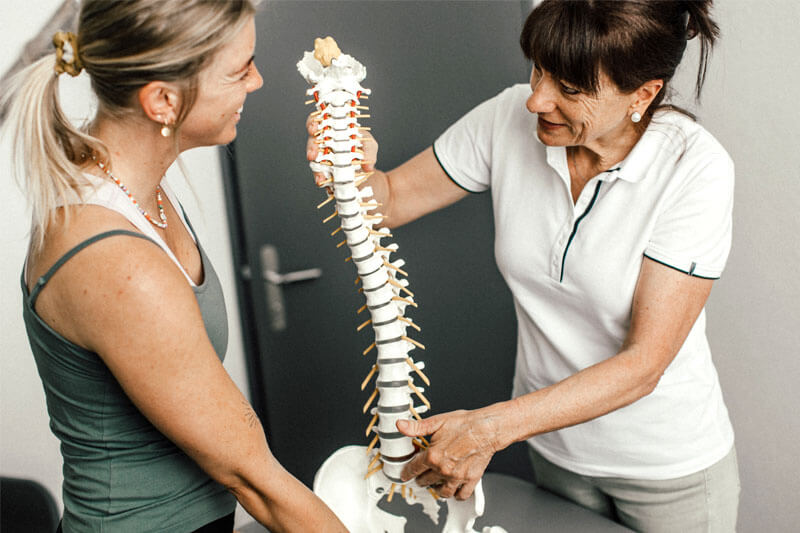
Cranio-sacral therapy

Cranio-sacral therapy is a holistic treatment. Complaints are not considered in isolation, but in relation to the person as a whole..
Like the respiratory and cardiac systems, the cranio-sacral system is part of our body’s circulatory system. This system pulsates in our body approximately 8-12 times per minute, completely independently of the heartbeat and breathing. This rhythm can be brought out of balance by disturbances in or on the body – e.g. accidents, broken bones, tension, vertebral blockages, operations, psychological disorders, etc. This then leads to problems such as chronic pain, headaches, fatigue, concentration problems and the like.
During the completely pain-free treatment, the person being treated should relax as much as possible in order to achieve the best possible result.
Postnatal recovery
At the earliest 6 weeks after birth (12 weeks after a caesarean section), we start with targeted full-body training, which benefits the mother in this form until the baby is 8 months old.
We specifically address the needs of everyday life with a baby and the changes to the body after pregnancy and birth.
Breathing exercises and specific exercises for the pelvic floor, core, abdomen, legs and buttocks help you to regain your usual body awareness.
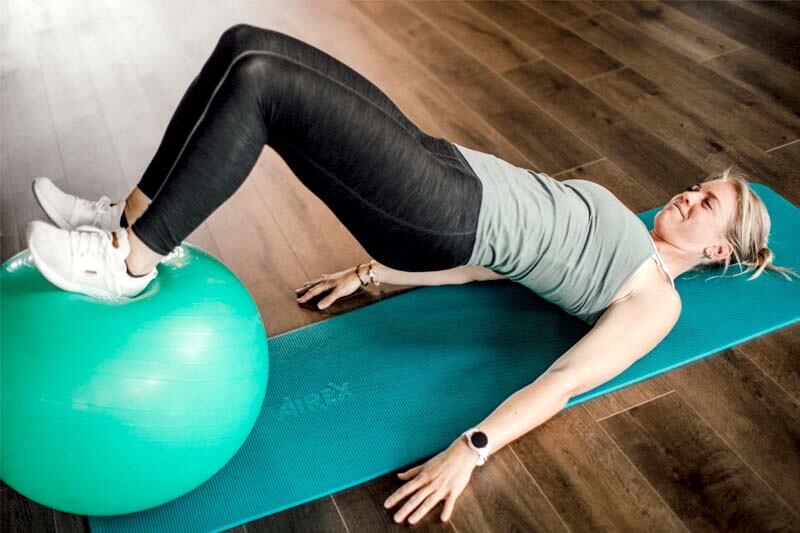
FAQS
What is meant by medical massage?
The primary focus of a medical massage is on pain relief and improving the patient’s mobility. Another key aspect of this therapeutic form of massage, which can only be performed by trained professionals, is to optimally support the healing process of the affected body part after an injury or surgery.
Who prescribes a medical massage?
A prescription for a medical massage, which can be covered by health insurance, is issued by your general practitioner or a relevant specialist if muscular or joint-related issues have been diagnosed. A typical prescription includes 7 to 10 sessions, which can be carried out by any certified physiotherapist. The individual treatment duration depends on the progress made and may take a longer period accordingly.
Is a massage covered by health insurance?
In Switzerland, the compulsory basic insurance covers the costs of massage therapy only if it is deemed necessary by the general practitioner or specialist within the context of a physiotherapy treatment. By obtaining supplementary insurance, partial or full coverage of the costs can be achieved, depending on the health insurance provider and plan, even if there is no indication from the general practitioner or specialist.
How often are medical massages useful?
The frequency of medical massages is determined by the treating physician based on the individual diagnosis and the intensity of the symptoms. Initially, several sessions at short intervals are usually beneficial to alleviate acute pain. With successful progress, the frequency of sessions is typically gradually reduced in consultation with the treating doctor or therapist. To promote recovery and prevent relapses, sessions should be continued until full relief from symptoms is achieved.
Challenge of the Month
What Clients Say
